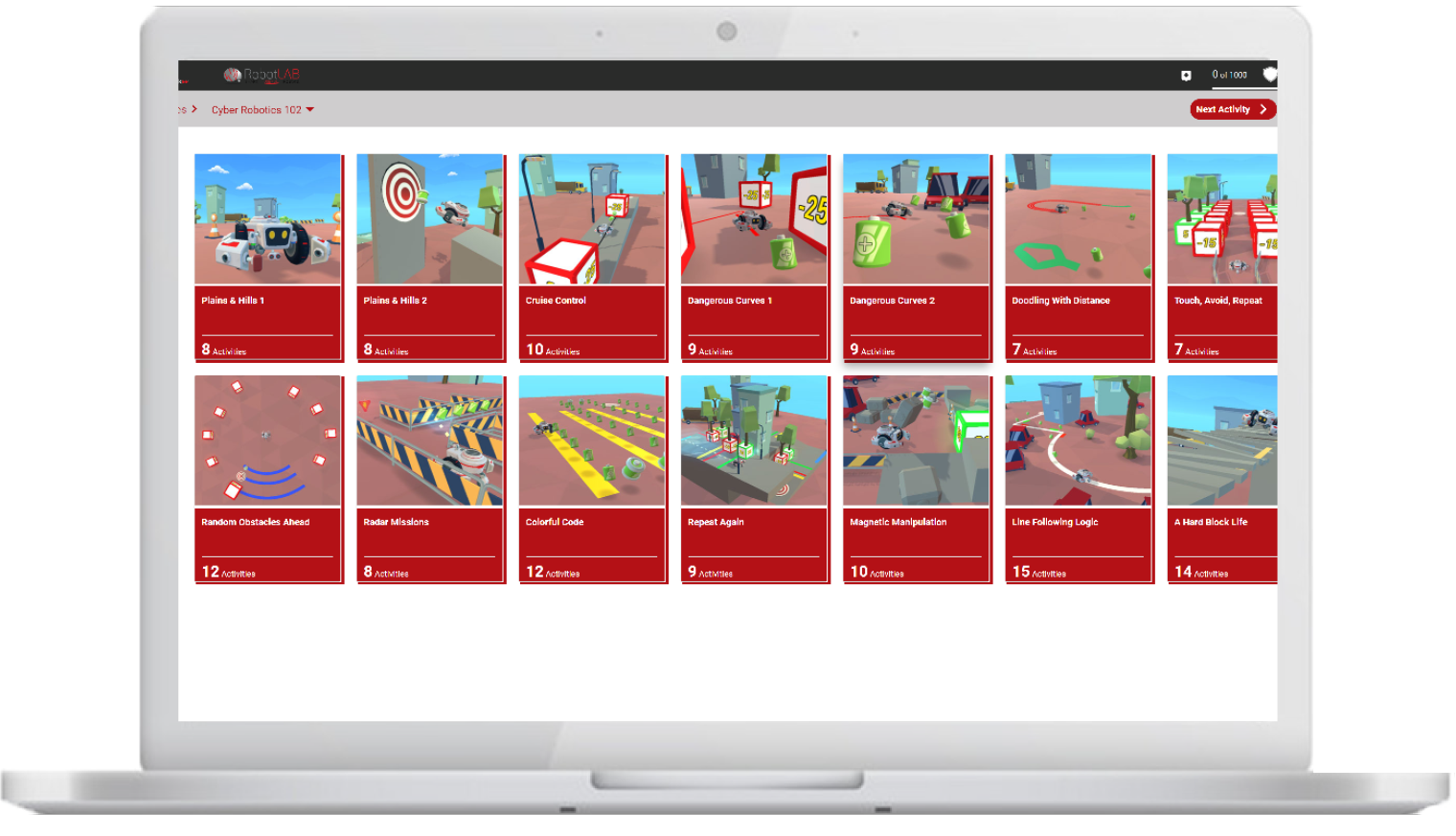By Carrie Willis, Technology and STEAM Director, Valley Preparatory School
 Photo by Annie Spratt on Unsplash
Photo by Annie Spratt on Unsplash
There are a number of tech tools and resources to help educators weave STEM learning into all manner of core courses
Cross-curricular connections throughout different subject and content areas help to make lessons more meaningful and relevant for students. Thoughtfully-crafted STEM lessons that leverage technology-rich resources similar to what your students are using outside the classroom are great ways to engage students in interdisciplinary instruction.
As a STEM educator, I work with teachers at my school to develop engaging and inquiry-based lessons that help ignite student curiosity and foster their love for learning. Through the many Professional Learning Networks (PLNs) I belong to, I often hear teachers say the same thing: They want to include more STEM content in their instruction, but they are not sure how to get started.
Here are a few technology-rich strategies that help you to incorporate STEM content into different subject areas:
Start with an e-book (ELA connections): There are some phenomenal STEM books that can serve as the jumping-off point for your lesson. When you start with a book, it is easy to make those cross-curricular connections, because they already appear for you in the story.
For example, in honor of both Black History Month and the recent Mars Rover landing, my 4th-grade students read Counting on Katherine, which follows the story of Katherine Johnson and her contribution in mathematics to the NASA space program. This book can help build connections between space, math, perseverance, diversity/adversity, discrimination, education, etc. Students are able to make connections with characters in the book and are able to reflect on their reading this way.
If you are virtual, you can consider recording yourself reading the book to your students using a program like Loom or Screencastify, you can access free books online using subscriptions like Epic!, or search the many read-aloud that already exist on sites like YouTube.
Take a virtual field trip (social studies): Another great way to deepen student understanding of a particular topic is to take a virtual field trip. No permission slips are required for these field trips! There is no better lesson hook than to give your students the opportunity to visit new places or meet new people without ever having to leave the classroom. Virtual field trips can provide a deeper dive into content areas that you are studying in the classroom and ignite student curiosity.
Recently, my students participated in the I Do Solemnly Swear The U.S. Presidential Inauguration Virtual Field Trip by Discovery Education. Discovery Education has a multitude of virtual field trips available, many with companion guides packed with standards-aligned, hands-on learning activities. With the dozens of virtual field trips in the DE library, it is easy to find cross-curricular connections to just about any subject area from farms, to Ford’s Theater, to Windsor Castle, there is something for everyone.
Get hands-on with virtual simulations (science): Students retain information best when they are engaged, and hands-on activities tend to engage students best. In times when physical labs are not possible, virtual simulations are equally as engaging and easily accessible to all. From virtual dissection to exploring the planet and space with Google Earth, there are a plethora of virtual science interactives available for free online.
One of my favorite free resources to use to engage students is PhET Interactive Simulations. There are more than 180 free virtual science simulations, as well as thousands of teacher-submitted lessons. Virtual simulations are great for inquiry-based learning. Students can try out different scenarios and explorations during virtual simulations that may not always be possible with physical labs. This can lead to a deeper understanding of the material and a genuine love for learning.
Make a career connection (math): During math instruction, one thing I repeatedly hear the students say over and over, year after year is, “When am I ever going to need to use this?!” In my opinion, one of the best subjects to make real-world connections in is math. Seeing that lightbulb turn on when they realize that math IS very applicable to real life is very exciting as a teacher. Switching up your routine, and adding a little project-based learning into your math curriculum, will help keep students engaged, and will also help them see the relevance in their studies. I like to try and appeal to students’ outside interests when teaching a subject that can be considered not so “fun.”
For my sports lovers, EA Sports Madden by the Numbers is an interactive simulation that teaches about angles and velocity, along with potential and kinetic energy in the game of football–all while appealing to the students’ love of sports and connection to pro athletes.
Explore your creativity (music and art): Don’t let distance learning or the inability to share supplies hold you back from exposing your students to art and music education. Google has some phenomenal free resources available that are sure to capture the interest of your students. Google Arts & Culture has interactive art experiences, virtual field trips, games, museum tours, augmented and virtual reality experiences, and more. This site is phenomenal for art education and exploration and is also full of ever-changing relevant and timely resources.
Ready to explore music and its connections to science, art, math, and more? Chrome Music Lab is a free website full of fun hands-on experiences. Students can create their own songs and rhythms and explore sound waves, spectrograms, and more. One of the activities my students love is to use the song maker to “play their name.” They place notes on a grid in the shape of their name and then play their masterpiece. They are even able to save their creation as a link, embed it to a website, or download it as a way or midi file.
Today’s students are growing up in the digital age and are at home using digital resources and other technology. As educators, it is incumbent on us to find ways to engage our students more deeply in instruction.
In my experience, leveraging technology similar to what students use for fun and relaxation outside the classroom is a means to appeal to student interests. I encourage you to begin to use these strategies today!
Discover more STEM Learning with RobotLAB!

CoderZ is an online educational environment that improves students' 21st-century skills, while they are having fun programming their own virtual cyber robot. CoderZ and RobotLAB have different lessons to do at home! Check them out Here

